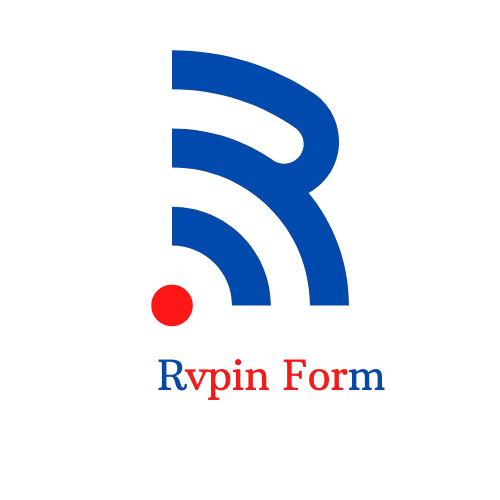The office has long stood as the nucleus of professional life, a space where collaboration, innovation, and productivity intersect. However, the traditional concept of the office has undergone a significant transformation in recent years, prompted by technological advancements, evolving work cultures, and unprecedented global events. This shift has led to a reimagining of what the office represents and how it functions in the contemporary world.
The Evolution of the Office Landscape
The transition from conventional cubicles to 광주 오피 open-plan layouts marked a turning point in office design, emphasizing communication and teamwork. Yet, this model continues to evolve as organizations recognize the importance of flexibility and employee well-being. The modern office prioritizes adaptable spaces that cater to diverse work styles, offering collaborative zones, quiet corners for focused work, and recreational areas to encourage a healthy work-life balance.
Embracing Technology for Enhanced Efficiency
Advancements in technology have revolutionized the way we work, enabling remote connectivity, cloud-based collaboration, and seamless communication. Virtual meetings, digital project management tools, and augmented reality interfaces have transcended geographical boundaries, allowing teams to collaborate in real-time irrespective of their physical location. As a result, offices are reconfiguring to accommodate a hybrid workforce, blurring the lines between physical and remote workspaces.
Cultivating a Culture of Innovation and Inclusivity
Beyond its physical layout and technological integration, the office plays a pivotal role in fostering a company’s culture. Forward-thinking organizations are prioritizing inclusivity, diversity, and employee well-being, understanding their profound impact on productivity and innovation. Flexibility in work hours, support for personal growth, and creating spaces that accommodate various cultural backgrounds are becoming standard practices in nurturing a vibrant and engaged workforce.
Sustainable and Eco-Friendly Workspaces
Environmental consciousness has permeated office design, with a surge in sustainable practices and eco-friendly initiatives. Green building materials, energy-efficient systems, and biophilic design elements are becoming integral to office spaces, promoting a healthier environment and reducing the ecological footprint of corporate operations.
Addressing Challenges and Embracing Opportunities
The transition to a new office paradigm is not without challenges. Balancing the needs of remote and in-person employees, maintaining a cohesive company culture, and ensuring data security in a hybrid work environment present ongoing hurdles for organizations. However, these challenges also bring forth opportunities for innovation, creativity, and adaptability.
Conclusion
The modern office is a dynamic entity, constantly evolving to meet the needs of a rapidly changing world. It has transcended its traditional role to become a hub of collaboration, innovation, and community, embracing technological advancements, sustainability, and a people-centric approach. As we navigate the future of work, the office remains a central pillar in shaping the way we collaborate, create, and thrive in an ever-evolving professional landscape.
